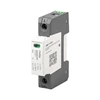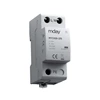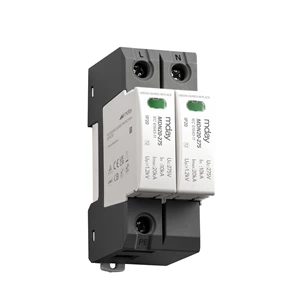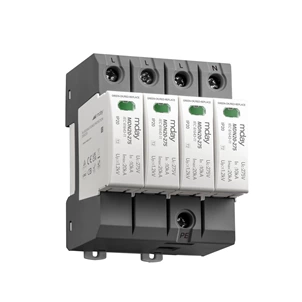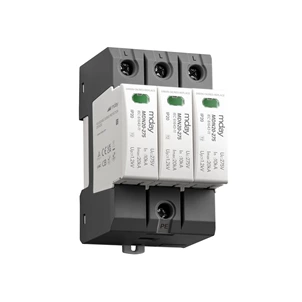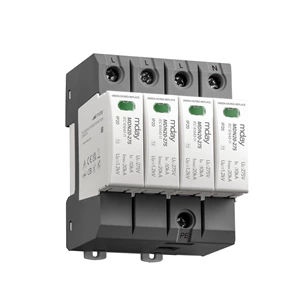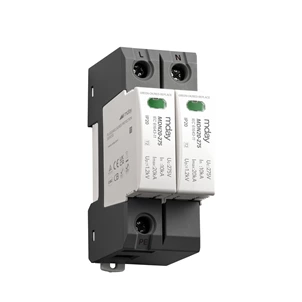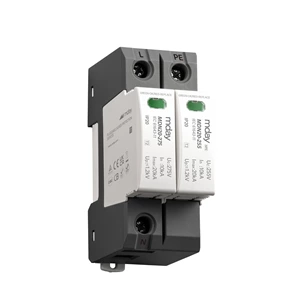Discharge Gap Of Surge Protectordischarge Gap Of Surge Protector
The surge protective device discharge gap (also known as a protective gap):
It generally consists of two metal rods separated by a certain gap, exposed to air. One of the rods is connected to the power line L1 or neutral line (N) of the device to be protected, and the other is connected to the grounding wire (PE). When a transient overvoltage occurs, the gap breaks down, diverting some of the overvoltage charge to the ground, preventing a voltage rise on the protected device. The distance between the two metal rods in the surge protector discharge gap can be adjusted as needed, making it a simpler structure. However, its disadvantage is poor arc extinguishing performance. The improved surge protection device discharge gap is an angular gap, which offers better arc extinguishing performance. It extinguishes the arc by the action of the circuit's electromotive force F and the upward flow of hot air.


